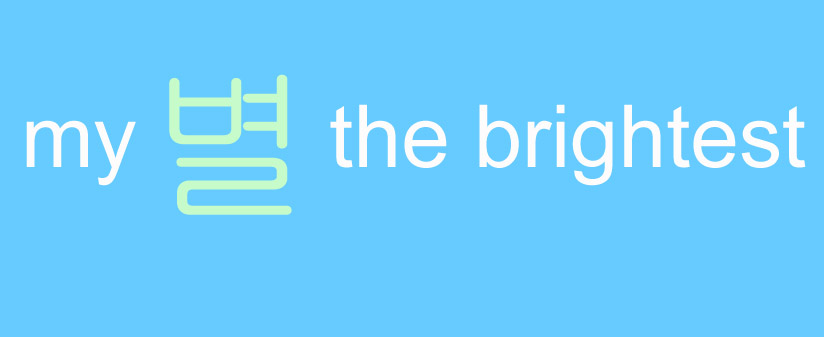 Jeogori->The jeogori makes up the upper part of the hanbok. Men's jeogori is larger and simplistic while a woman's jeogori is rather short and characterized by curved lines and delicate decorations.
Jeogori->The jeogori makes up the upper part of the hanbok. Men's jeogori is larger and simplistic while a woman's jeogori is rather short and characterized by curved lines and delicate decorations.DongJeong->The dongjeong refers to a white collar attached along the rim of the neckline. It contrasts and harmonizes with the overall curve of the neck.
Otgoreum (Cloth Strings)->The otgoreum is a women's ornamental piece, which hangs vertically across the front of the chima.
Baerae (Jeogori Sleeve)->The baerae refers to the lower lines of the sleeve of either the jeogori , or the magoja (outer jacket). It features a circular line which is naturally curved, similar to the line of the eaves of the traditional Korean house.
Chima->The chima is the women's outer skirt. There are different kinds of chima: single-layered, double-layered, and quilted. Pul-chima refers to a chima with a separated back, whereas a tong-chima has a seamed back.

Durumagi->The durumagi is a traditional overcoat worn on special occasions over the traditional jacket and pants.
Baji->Baji refers to the lower part of the men's hanbok. . The roomy nature of the cloth is due to a design aimed at making the cloth ideal for sitting on the floor.
*Kkotsin->The kkotsin refers to silk shoes on which flower patterns are embroidered. They play an important role in completing the graceful line of the lower rim of the chima.
here are nice kkotsins:

texts from: asia-planet.net, freewebs.com
photos from: freewebs.com, flickr


No comments:
Post a Comment